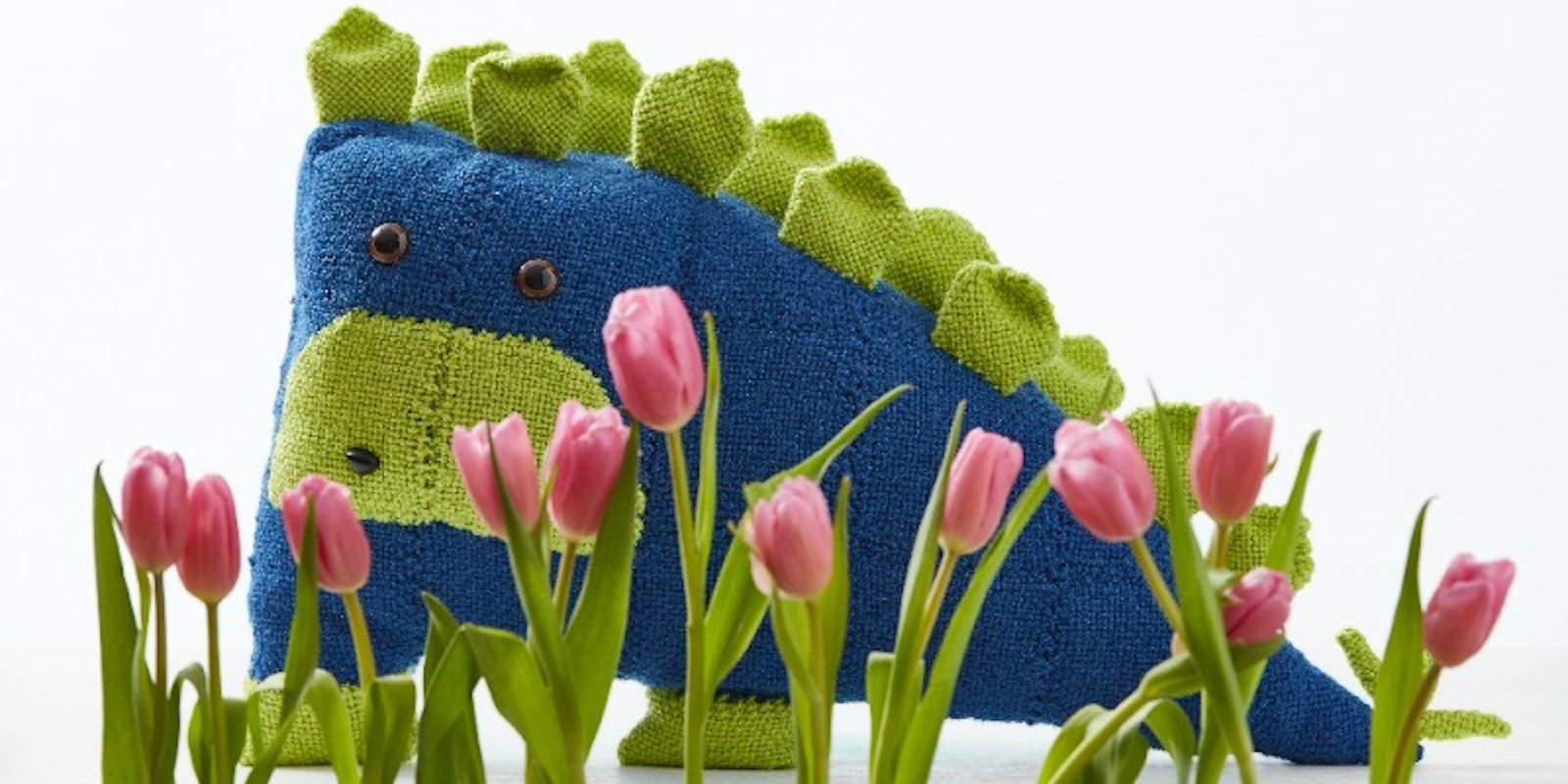Fearless Woven Shibori Experimentation
I’ve never been much of an experimenter; I’m more about precision. I prefer to follow instructions exactly. I prefer success to be clear and measurable. I prefer to achieve perfection on the first attempt. In short, I am terrified of failure.

Traditional shibori before and after dyeing from Catharine Ellis's book Woven Shibori
This fear made art feel inaccessible for me for many years. Even in the fiber crafts I did enjoy, I avoided crossing that line into "art." Unfortunately, "art" included dyeing projects that truly fascinated me, such as shibori. After all, dyeing (especially with natural dyes) is not really the kind of thing where a person can just follow a recipe and achieve exactly the same results as someone else. And, even if one could, it wouldn’t really be art.
My little sister always “got” art. She is totally unafraid to pick up something new, experiment wildly, do it her own way, and then find value in the results. When it comes to her creative process, there are no “failures.” There are only experiments that did not work out as expected. Homemade microwave-baked cat treats were an especially pungent missed expectation, but she is also intimately acquainted with every single way to not make homemade ink and lots of exciting methods to make dangerous explosions.
None of these “failures” slowed her down in the least bit. In fact, they gave her tons of information and inspiration to keep experimenting. But I sometimes wonder if my judgment of what I perceived as her mistakes stunted my ability to spread my own creative wings.
Obviously I’m selling myself short a little bit. Experimentation naturally creeps its way into any activity a person chooses to do frequently. In weaving and knitting, as you build confidence in the rock-solid fundamentals, it becomes possible to experiment with color and fiber choices. From there, you learn small and then larger ways of modifying patterns to meet your needs. You fine-tune your tension and technique based on trial and error. You design on a small scale and then a larger scale.

Green threads woven in overshot will be pulled tight before dying to resist dye, from Woven Shibori
But if I want to learn how to enrich my woven fabric with natural dyes (and I very much do!), I’m going to have to get over my fear of messing up. In particular, Catharine Ellis’s technique for woven shibori seems too interesting to pass up, despite the many ways I can envision it going wrong. As you may know, traditional shibori is a dying technique where floating threads are sewn into fabric and then pulled tight to create deep pleats where the dye cannot penetrate.
Catharine Ellis has created an entirely new technique by weaving those floating threads right into the fabric itself as it’s being woven. She uses conventional weave structures that involve floats, such as monk’s belt, twill, overshot, and lace, and then pulls the threads tight, dyes the cloth, and finally removes the floats. The result is cloth that is loosely patterned as if the floats were still there, woven into the fabric. She ends up with, for example, white cloth dyed with an indigo twill pattern.
To me, this seems like an ideal way to get a new understanding of these classic weave structures, while also breaking free of the rigidity behind those structures. Her designs recall twill or woven lace, but in a more organic, free-form attitude.

Reading through the new revised edition of The Weaver's Studio: Woven Shibori, I was struck by her emphasis on finding a process through experimentation.
“We can take a cue from the scientific process,” she explains. “The scientist identifies a single problem or question and then performs experiments to prove or disprove the theory. By changing only one variable at a time, the scientist gains some control and understanding of what has been accomplished and minimizes the unknown.”
Dealing in single-variable experiments seems more my style than the kind of wild abandon that comes to mind when I think about experimenting with art. Soon I’ll be putting Catharine Ellis’s woven shibori techniques to experimentation, and I hope you’ll join me!

P.S. To what extent are you open to experimentation in your weaving, and how do you apply what you learn when things don’t go as expected? Let me know in the comments!
Classic weave structures in woven shibori after dyeing and removing supplemental pattern weft threads. Left to right: monk's belt, overshot, twill, and summer and winter weave structures in woven shibori, dyed with natural dyes. From Catharine Ellis's The Weaver's Studio: Woven Shibori


